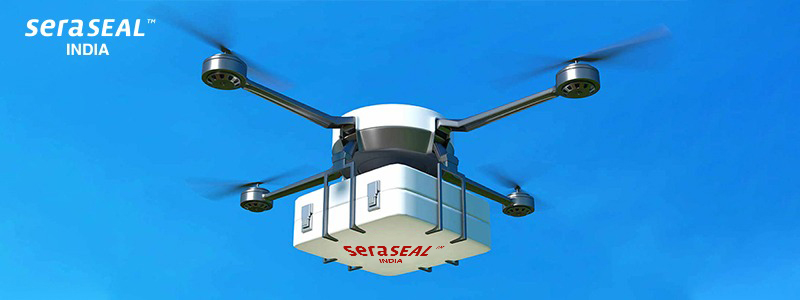1.2 million people lose their lives worldwide in road traffic accidents each year.
According to the Emergency Medical Service (EMS) data registry, 10% -15% of road accident victims die on their way to the hospital. They also added that the leading cause of death is neurological injury and blood loss in polytrauma patients.
50 million of the victims are unfortunately injured and become permanently disabled. The golden hour philosophy introduced by Dr. R. Adamns Cowley says that victims have significantly fewer chances of survival if emergency care is not delivered within one hour of the accident. These 60 mins include the call-out, travel to the accident site, wound inspection, controlling blood loss taking the victim to the hospital, and performing the blood transfusion.
We see newspapers filled with gruesome and heartbreaking pictures and headlines about road accidents that take place in the hilly regions.
The Healthcare Access and Quality Index have statistically shown that amongst 32 causes of death can be avoided by timely and adequate medical care.
The obstacles faced are:
- Because of traveling a long distance from the hills to the path labs in the city, the blood samples become unusable.
- The emergency personnel may take longer than expected to reach the accident site.
- If there is a landslide (as the hilly areas are prone to landslides), it would be near impossible for the ambulance personnel to reach the victim.
The usage of drones could drastically reduce the traveling time.
For example, SeraSeal™ is a hemostatic agent that stops bleeding in seconds, can be delivered to the bystanders at the accident site. As it works on all kinds of wounds and needs no preparation, the bystanders can help stop bleeding before the emergency personnel reaches the victim.
The use of drones to deliver the World’s first and only primary hemostatic agent at the accident site would be a boon for accident victims in hilly regions, as the possibility of death due to hemorrhages can be ruled out.
The new drone policy has generated massive excitement in India. A drone successfully delivered the kidney for a kidney transplant was the first-ever recorded drone delivery of a human organ.
Here’s how can drones change the future of healthcare delivery in India:
- Drones would modernise emergency medical care delivery methods.
- Drones could potentially allow long-range deliveries of plasma, medicines, medical samples, organs, and revolutionary hemostats like SeraSeal™.
- Drones can help bridge key healthcare gaps and allow access to modern healthcare facilities for the rural population.
- Close the gap between remote locations like the hilly regions, and provide immediate access to long-tail medicines in no time.
- Drones would effectively cut down the traveling and transport costs.
With the help of drones, India’s cold-chain systems would be impacted immensely. As a result, Hemostats for blood loss, organs for transplant, and large-scale blood transfusion deliveries can be potentially witnessed throughout India.
SeraSeal™, brought to India by Swasth Kare with the help of the pan India drone delivery system, can help save millions of lives every year.
Contact us today to know more about how this medical innovation can reduce 90% blood loss and 50% surgical time.




